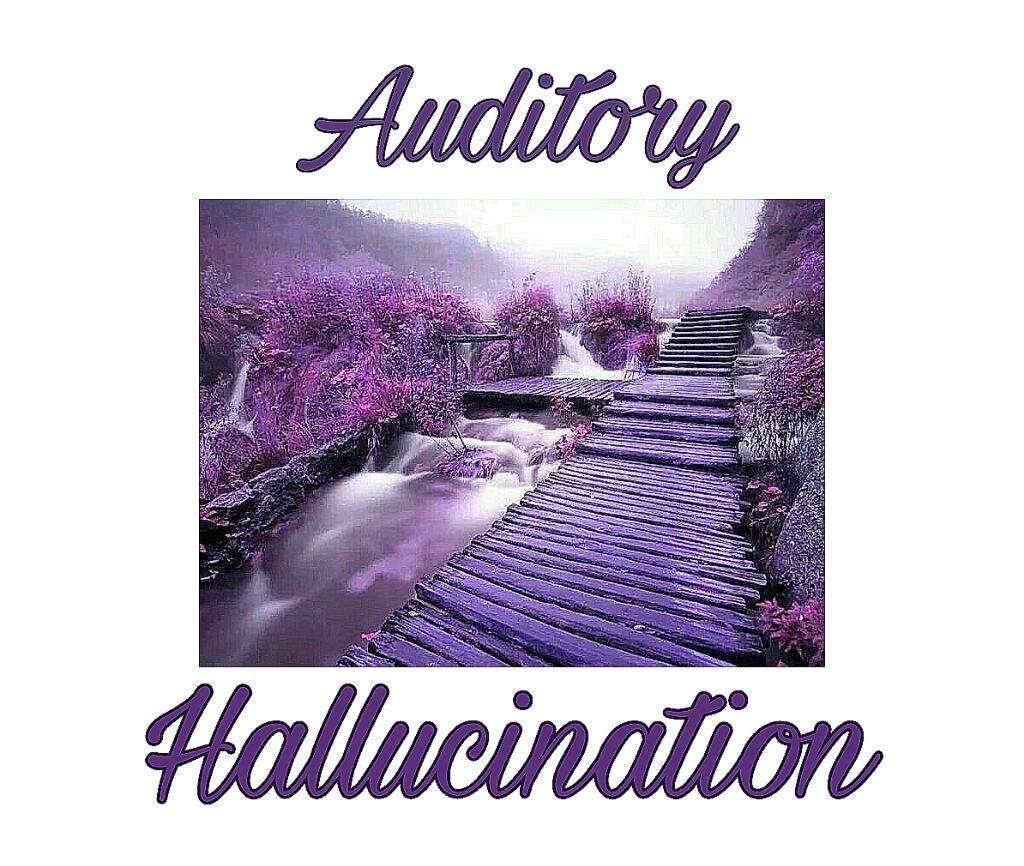

Hearing voices or seeing things that are not there can be a part of normal development, but they may also happen as a result of the following: They also may have disorganized speech, thinking, emotional reactions, and behavior, sometimes accompanied by hallucinations or delusions (a fixed, false, and often bizarre belief). Children who are psychotic often appear confused and agitated. Psychotic disorders in children, while not common, are serious and severely interfere with a child's thinking and functioning. In some cases, hallucinations may occur as a sign of a psychiatric illness such as a psychosis, or other serious medical problems. This may be related to issues at home, school, with friends, or from experiencing upsetting thoughts and feelings. Hallucinations may occur as part of normal development or may be a sign that your child is struggling with some type of emotional problems.


A visual hallucination is when one has seen something that is not there. It is the most common type of hallucination. An auditory hallucination is when one has heard something that is not there. They can occur in any of our senses including sound, sight, touch, taste, and smell. Hallucinations are when one has heard, seen, or experienced something that is not there. They can most often be managed with understanding and gentle reassurance on the part of parents. These examples are usually just part of the normal growth of a child. Younger children may even have an imaginary friend they want to sit next to at the table and have conversations with. At times, children may imagine that they hear or see things as part of a game or as a result of their worries and fears. The wind at night, a creak in the house, or a shadow on the wall may feel frightening, especially for younger children. Children often hear or see things that may scare or upset them.


 0 kommentar(er)
0 kommentar(er)
